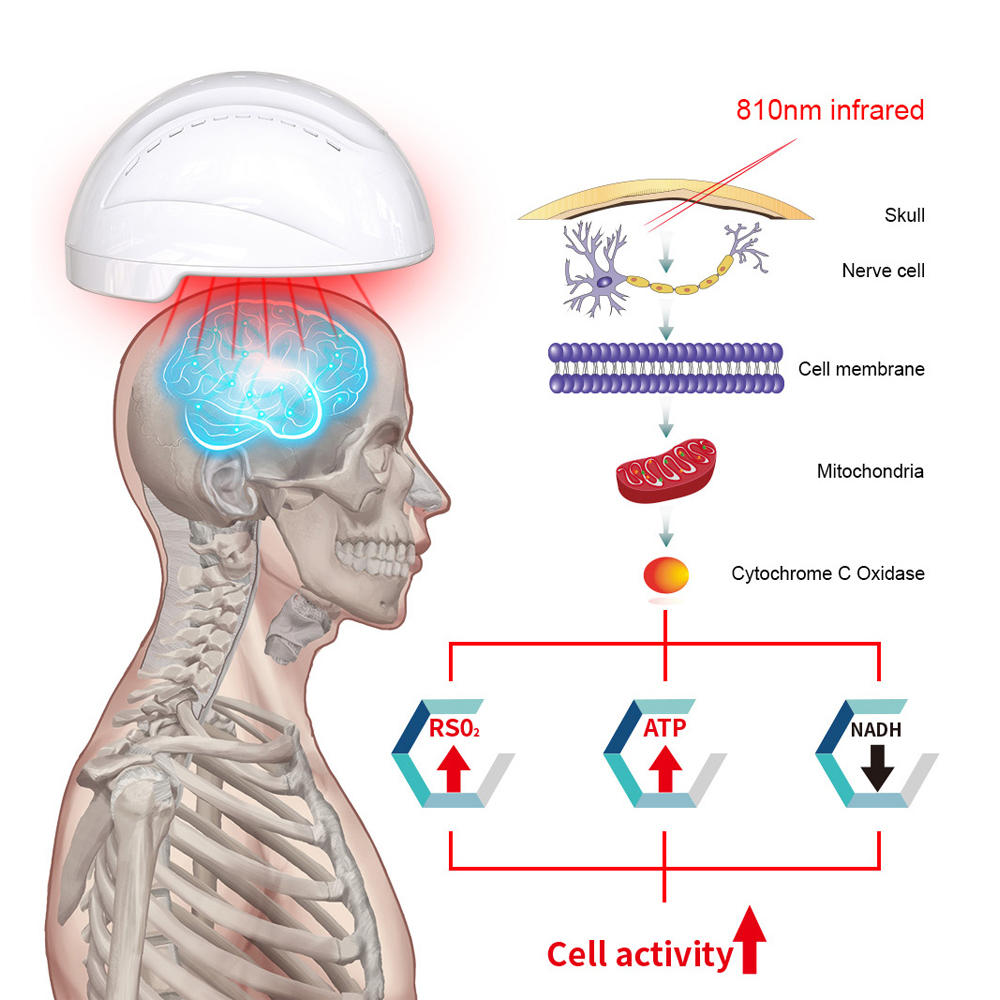When it comes to ducks, everyone knows that it is like water, but have you seen ducks that are afraid of water? There is a strange duck living in the southern mountain area of ​​China's Yunguigaoyuan, but it is like a chicken. Because of the fear of water, the local people call it "fire duck", also known as the duck. It is a rare special bird treasure, which is deeply loved by consumers because of its large fleshy meat and rich game. The selling price of fire ducks in high-end hotels in the market is as high as 300-500 yuan/only. Even in the local market, prices are 3 to 5 times higher than normal ducks. In particular, fire duck eggs, high protein, low cholesterol, rich in taurine, regular consumption can lower blood pressure, soften blood vessels, the current market of fire duck eggs 5 yuan / piece, eggs sold at 25 yuan. And there is a high rate of egg production, rapid breeding, resistant to rough feeding (based on grass and food), suitable for dry cultivation, etc., is a promising special emerging poultry. First, the living habits of fire ducks Fire ducks are afraid of the water has a variety of properties such as cold resistance and omnivorous. (1) gregariousness: Fire ducks have strong gregariousness. As long as there are suitable breeding sites and conditions, they can all live well in terms of feeding and breeding. Therefore, fire ducks are suitable for rearing in large groups. Fire ducks are tame, not afraid of people, resistant to rough feeding, good foraging, and can be stocked in small groups or in large groups. (2) Cold resistance: Fire duck has strong adaptability to climatic and environmental conditions. It is both cold-resistant and heat-resistant. As long as the feeding conditions are good, the temperature and the temperature in the winter and spring seasons will not affect its yield and weight gain. (3) Omnivorousness: Due to the unsmooth sense of smell and taste of fire ducks, the requirements for the aroma of the feed are not high enough to swallow the larger food groups and store them in the enlarged esophagus. The pressure in the stomach is high, and gravel often remains. Grate food well. Therefore, fire ducks have more disposable food and have a wider diet. (4) Production performance: It was determined that the average initial birth weight of the fire duck was 40 grams under the current farmer husbandry conditions, and the weight of the 11-week-old public fire duck was 3,500 grams, and the largest was about 5000 grams. It is 2500 grams. Meat 1:2.80-3.40. Half-net slaughter rate for adult fire ducks was 74% and maternal was 75%. After raising eggs for 6 months, 250-280 eggs can be produced each year, with an average egg weight of 70 grams and a maximum weight of 100 grams. Second, the choice of feeding venues 1. Shelter to the environment secluded. 2. The site is leeward and sunny, facing south to the south, and the terrain is relatively high. The slope of the stadium should be 30 degrees, and the soil quality should be sandy. 3, can also use the spare room and space cage and so on. Third, fire duck feeding and management 1, brooding fire duck (1-30 days old): temperature control: 1-3 days of age 30-31 °C, 4-10 days 25-26 °C, 11-20 days of age 21- 24 °C. Flat brooding, the floor should be covered with soft straw, and separate the small bar, 7-day fired ducks per column 50-70. Since the young fire ducks have a sleepy nature, they should be on duty day and night, and they should use their hands to pluck the piles once every 1 hour to prevent the pile from dying and suffocating, and adjust the density after one week. Open food, feed water first, add appropriate amount of complex vitamin B agent in drinking water, and have sufficient water dispensers to provide enough clean water. Do not cut off water. Feeding times are generally 7 times a day for 10 days, 4 to 5 times a day after 10 days, and are immunized. 2. Breeding fire ducks (31-70 days old): It is advisable to raise the density of 10-15 eggs per square meter. It is advisable to use fire ducks of 1-15 months per square meter after 1 month of age. Fire ducks grow faster after 1 month of age. In particular, it is the fastest growing period between the ages of 2-3 months. Therefore, it is also the period when the fire ducks have the most food. It needs full-price feed to stimulate its rapid growth. During this period, there are two peaks of feathering, one is the growth of tail feathers at the age of one month, and the other is the growth of wing feathers at the age of two months. In order to reduce the feathering, attention should be paid to the addition of sulfur amino acids and additives for the treatment of feather feathers. Such as feather powder, stop spirits and so on. 3. Breeding fire duck: After the 70th day of age, choose 1:5-6 to select the fire duck. If you choose to keep the fire duck, you must have a small head, long neck, and large eyes. The duck should be large, robust and flexible. The full-price feed for ducks or egg-duck can be used, and the calcium and phosphorus ratio in the feed can be taken into consideration. The protein content and the number of feeds should be observed during the peak of egg production in order to facilitate the achievement of high and stable yields. During the laying period, some soft straw can be placed on the floor to facilitate the laying of eggs by the mother duck.
Photobiomodulation Helmet
Suyzeko 810nm Infrared LED Light Therapy Helmet Brain Health Neuron Feedback Stimulation Photobiomodulation Helmet
What is photobiomodulation?
Photobiomodulation (PBM) is a non-invasive treatment method that uses light of a specific wavelength to affect the function of biological cells and tissues.
Its core principle is that when light of a specific wavelength is absorbed by the chromophore in the cell (such as cytochrome C oxidase in mitochondria), it will trigger a series of changes in biochemical reactions and signal pathways in the cell. These changes can include increasing cellular energy production (such as increasing mitochondrial ATP synthesis), regulating the redox state of cells, promoting cell proliferation and differentiation, inhibiting inflammatory responses, stimulating angiogenesis, and enhancing cell survival.
Photobiomodulation has applications in many fields, such as promoting wound healing, relieving pain, treating neurodegenerative diseases, and improving skin conditions. Light of different wavelengths and energies may produce different effects, and the specific application and effect depend on the parameters of the light and the target tissue and disease condition of the treatment.
How does 810nm have a beneficial effect on the brain?
The mechanism of 810nm near-infrared light on brain health mainly includes the following aspects:
First, photobiomodulation. 810nm near-infrared light can be absorbed by mitochondrial pigments in cells, thereby activating a series of intracellular signaling pathways. This can enhance mitochondrial respiration, increase cell energy production, and provide support for the normal function and metabolism of nerve cells.
Second, regulate neuroinflammatory response. It can inhibit the release of inflammatory factors, reduce brain inflammation, create a relatively stable and favorable microenvironment for nerve cells, and help protect nerve cells from inflammatory damage.
Third, promote angiogenesis and improve cerebral blood flow. Stimulate endothelial cell proliferation and migration, induce the formation of new blood vessels, thereby increasing blood supply to the brain. At the same time, by dilating existing blood vessels, further improve cerebral blood flow, and provide brain cells with sufficient oxygen and nutrients.
Fourth, regulate neurotransmitter balance. Affect the synthesis, release and metabolism of neurotransmitters, such as dopamine and serotonin, thereby improving the brain's neurotransmission function and having a positive impact on emotions, cognition, etc.
Fifth, stimulate neuroplasticity. Stimulate the proliferation and differentiation of neural stem cells, promote the formation and remodeling of synapses, help repair and rebuild damaged neural circuits, and improve the brain's ability to adapt and recover.
In short, 810nm near-infrared light plays a positive role in maintaining and improving brain health through a variety of comprehensive effects.

What diseases can 810nm helmets be used for? Here are some of the benefits of PBM light therapy for brain disorders:
1. Neuroprotection: PBM light therapy has been found to have neuroprotective effects, meaning it can protect the brain cells from damage and degeneration. It can help reduce inflammation and oxidative stress in the brain, which are common factors in many brain disorders.
2. Improved cognitive function: PBM light therapy has been shown to enhance cognitive function, including memory, attention, and problem-solving skills. It can stimulate the production of brain-derived neurotrophic factor (BDNF), a protein that promotes the growth and survival of brain cells.
3. Reduced symptoms of depression and anxiety: PBM light therapy has been found to have antidepressant and anxiolytic effects. It can increase the production of serotonin, a neurotransmitter that regulates mood, and reduce the activity of the amygdala, a brain region involved in fear and anxiety.
4. Enhanced neuroplasticity: PBM light therapy can promote neuroplasticity, which is the brain's ability to reorganize and form new connections. This can be beneficial for individuals with brain disorders as it can help improve their ability to learn, adapt, and recover from injuries.
5. Accelerated healing after brain injuries: PBM light therapy has been shown to accelerate the healing process after brain injuries, such as traumatic brain injury or stroke. It can improve blood flow to the injured area, reduce inflammation, and stimulate the repair and regeneration of damaged brain cells.

photobiomodulation, pbm light therapy,photobiomodulation therapy machine,Infrared Helmet,810nm 1070nm pbm helmet, rtms helmet
Shenzhen Guangyang Zhongkang Technology Co., Ltd. , https://www.syztreatment.com



